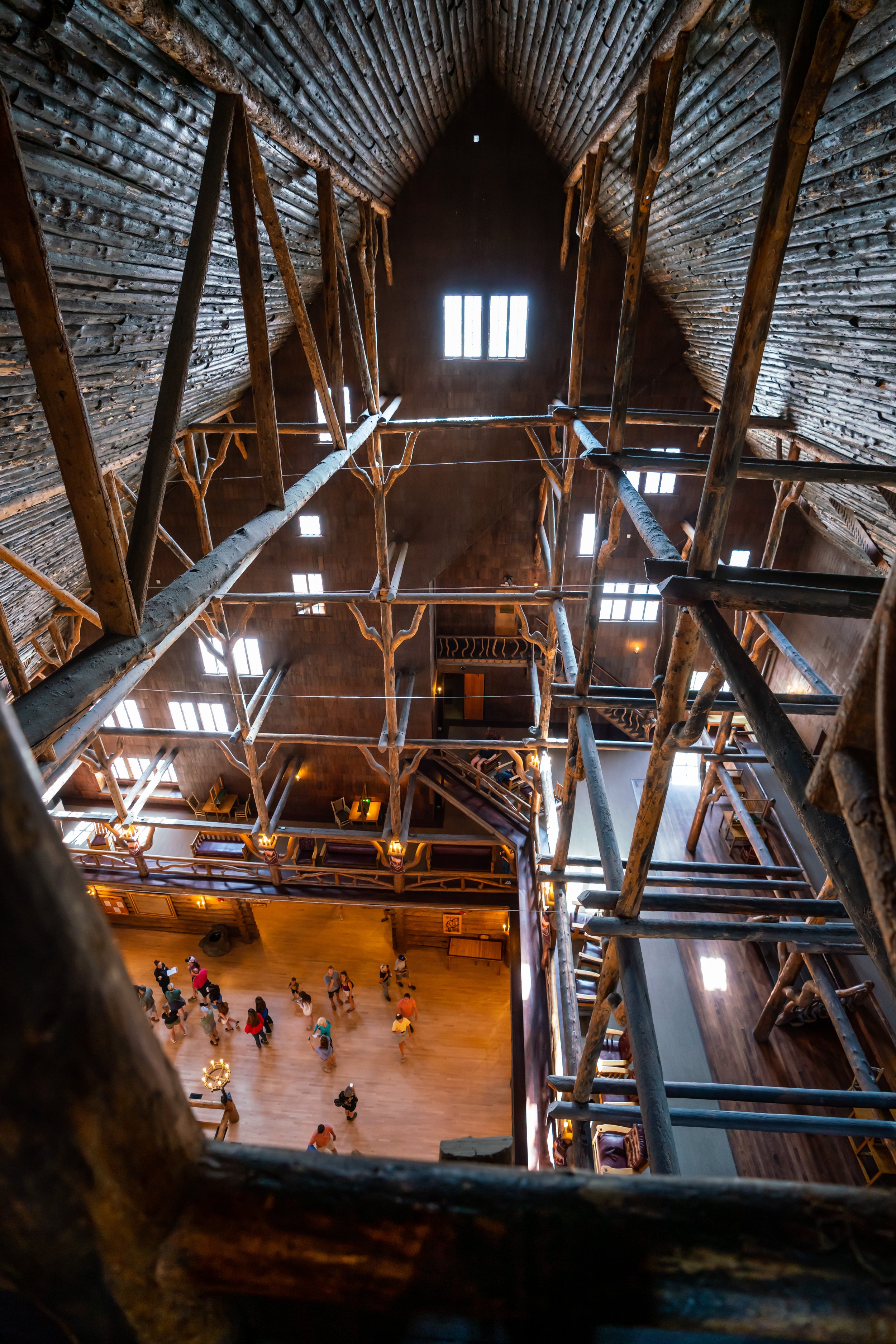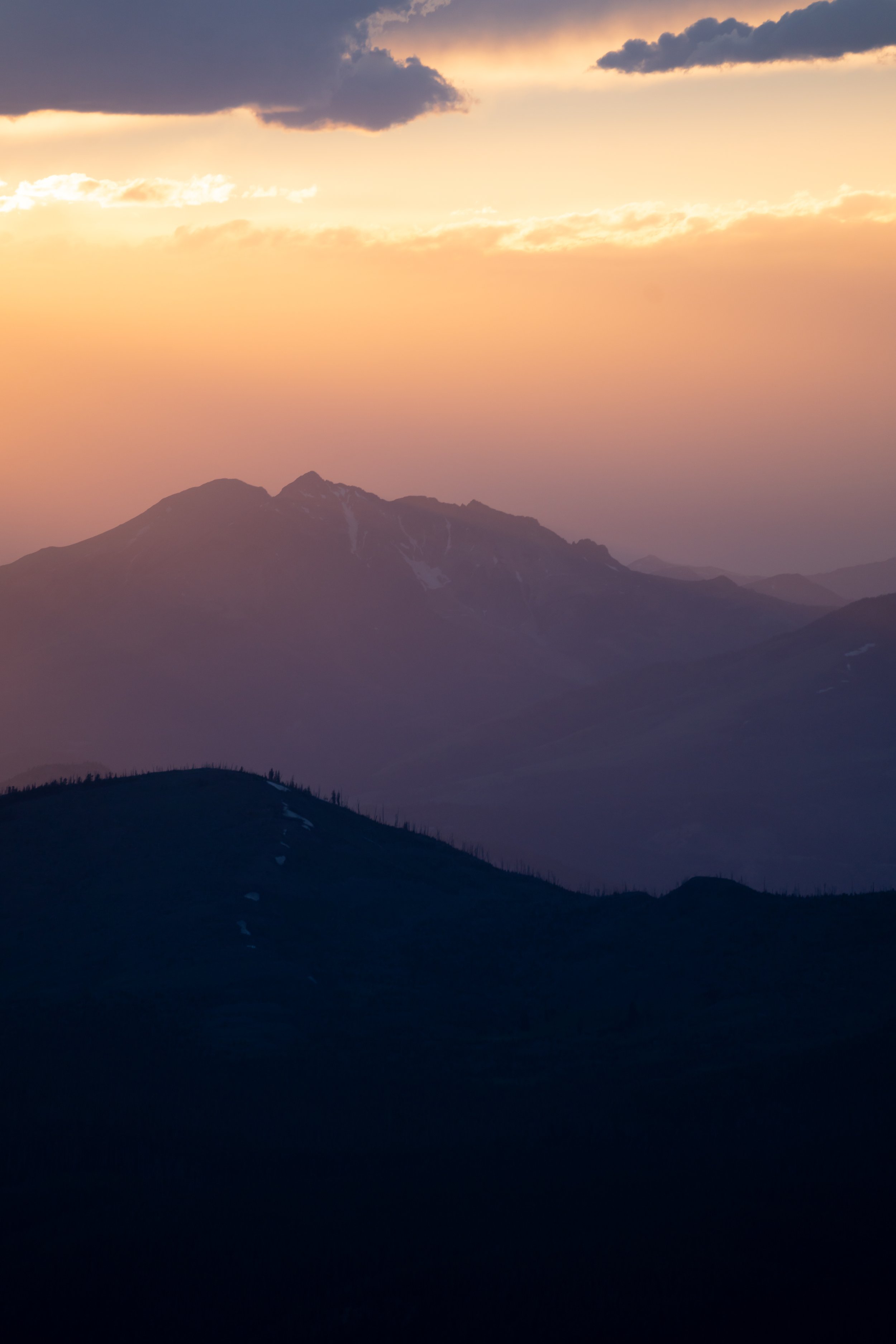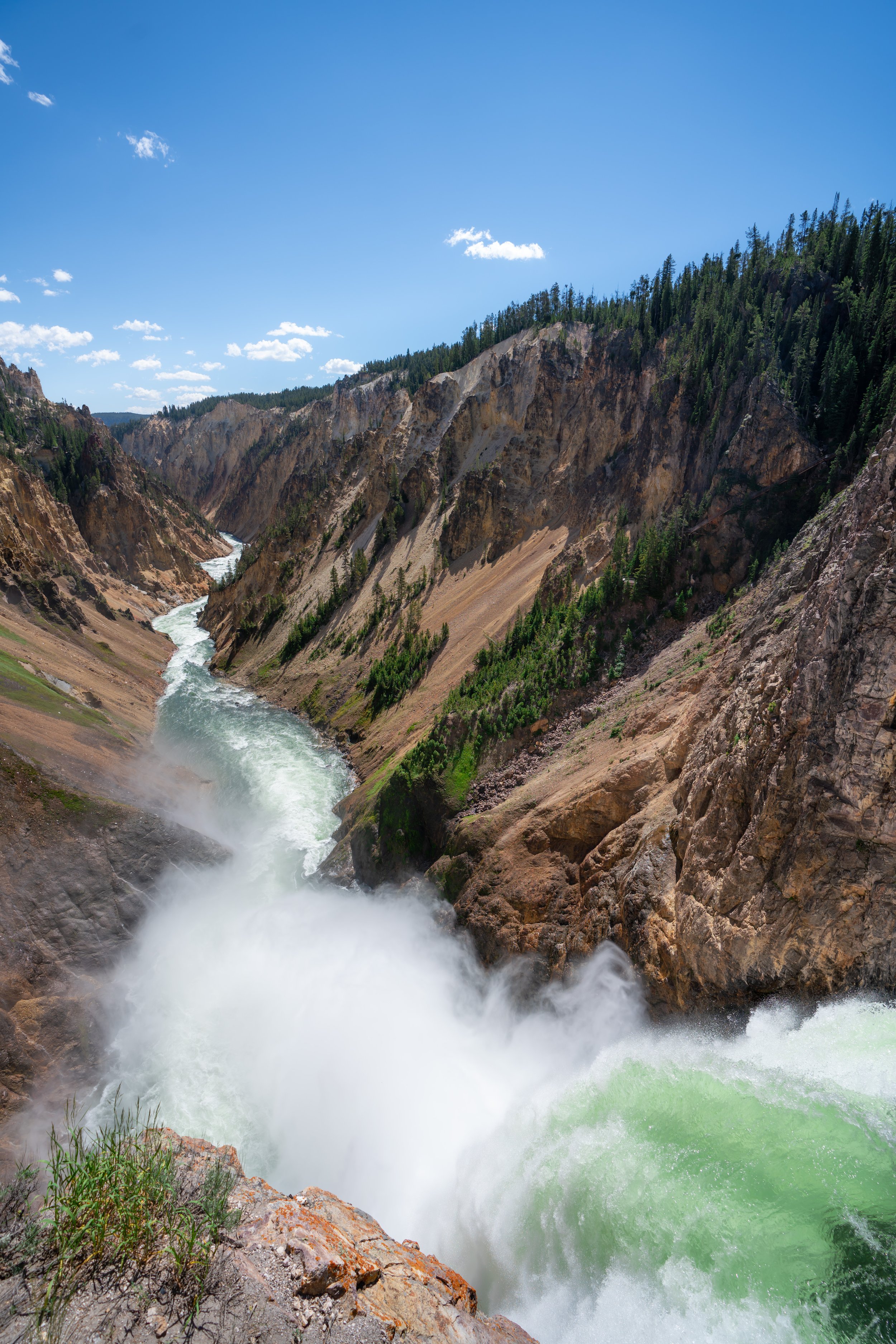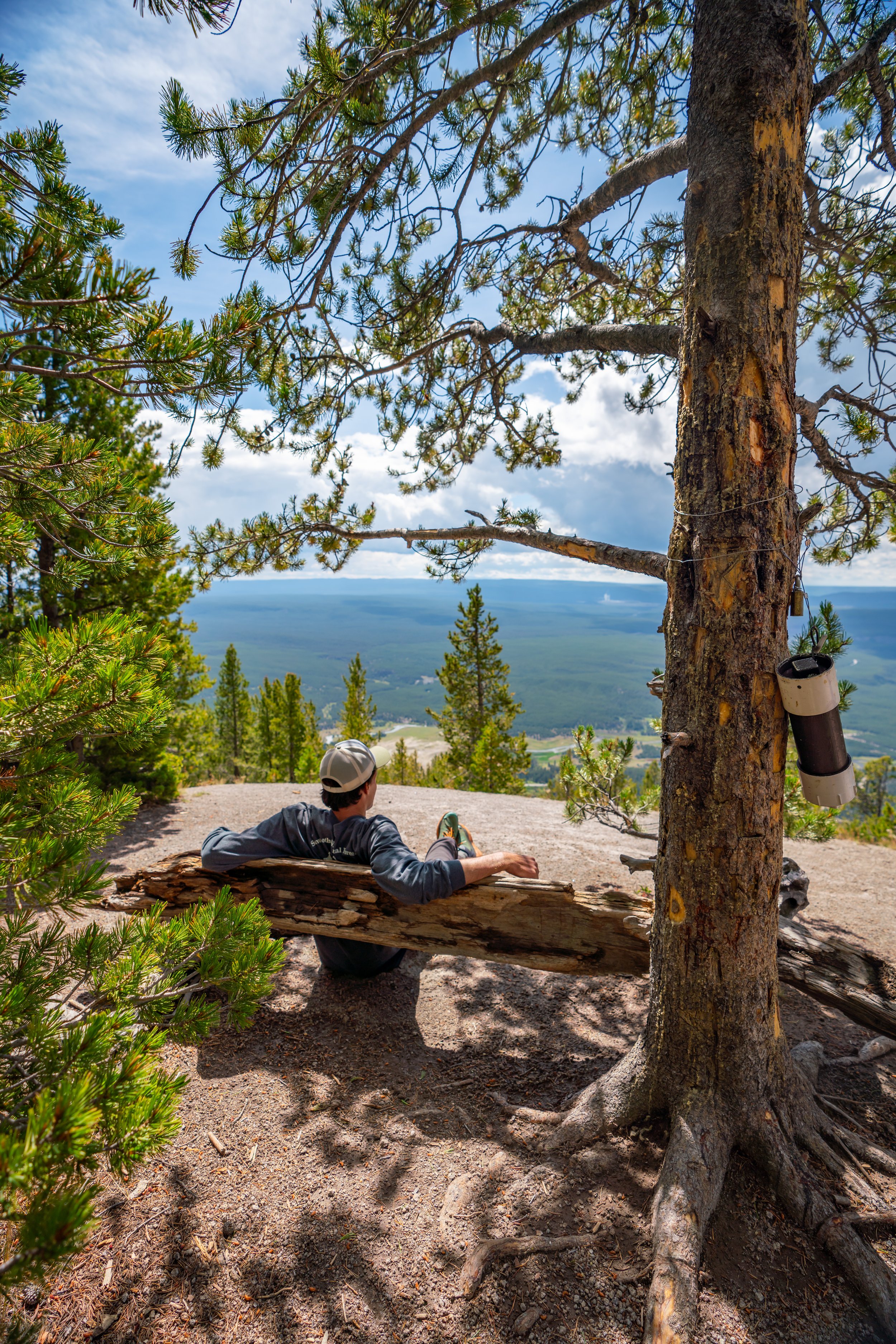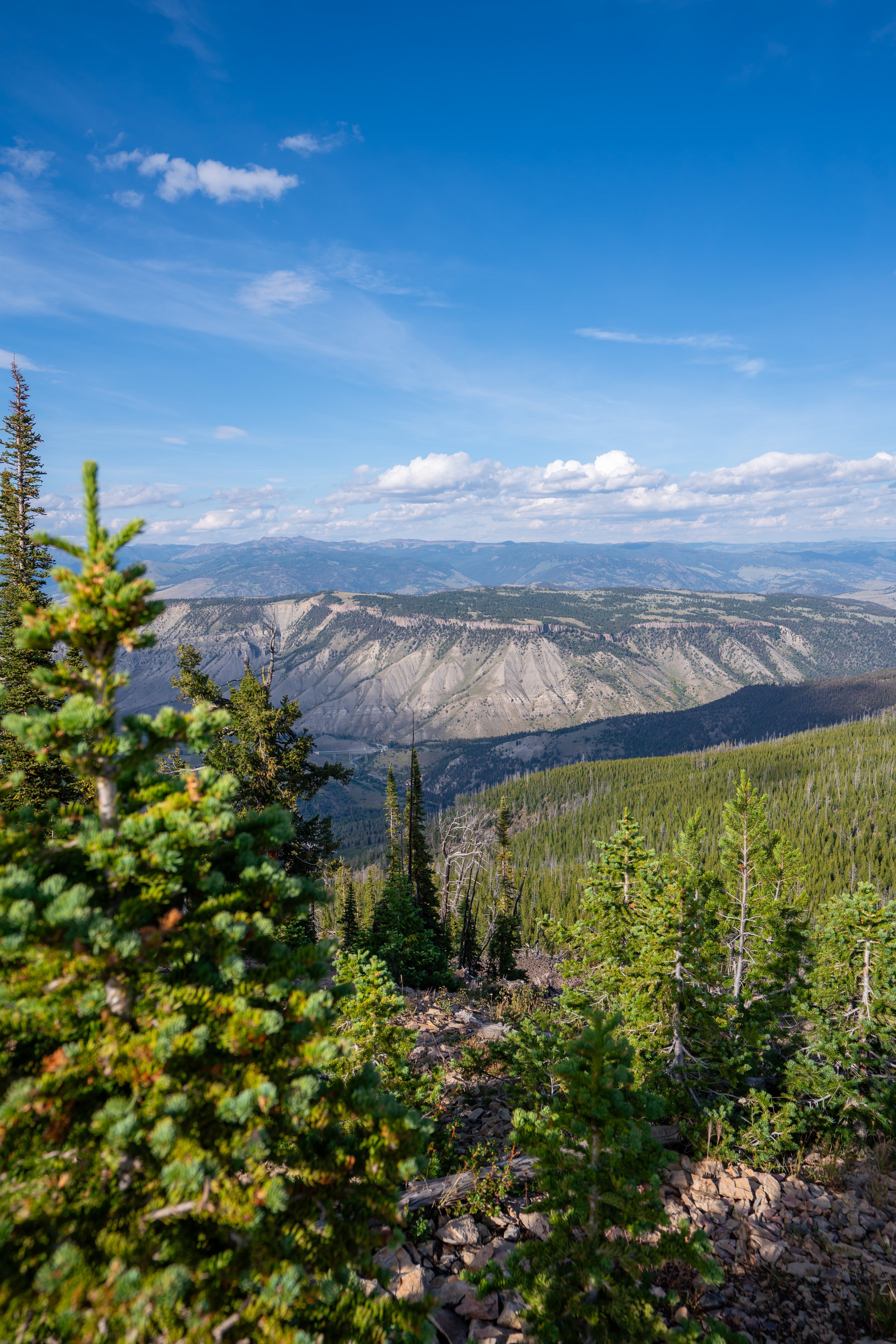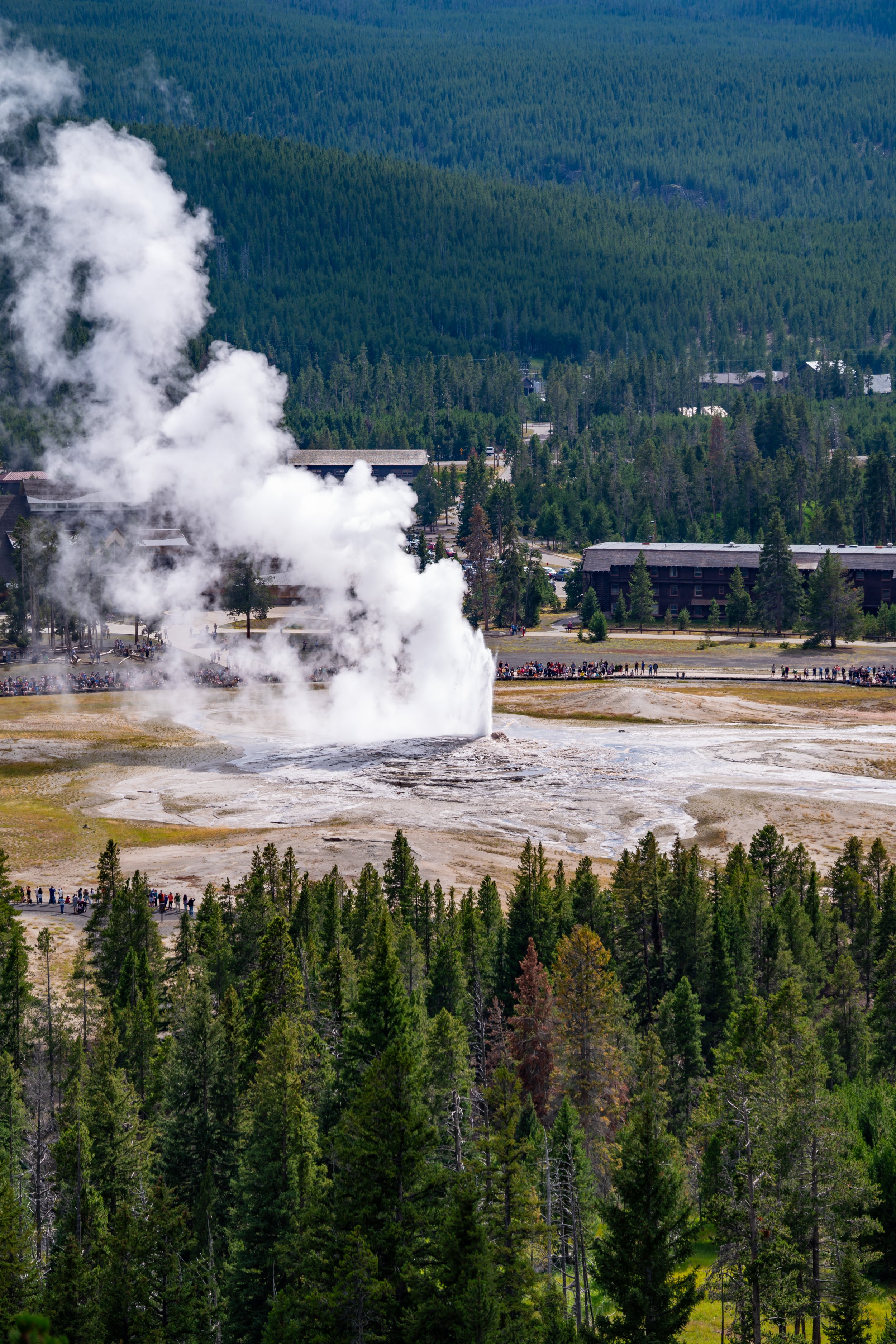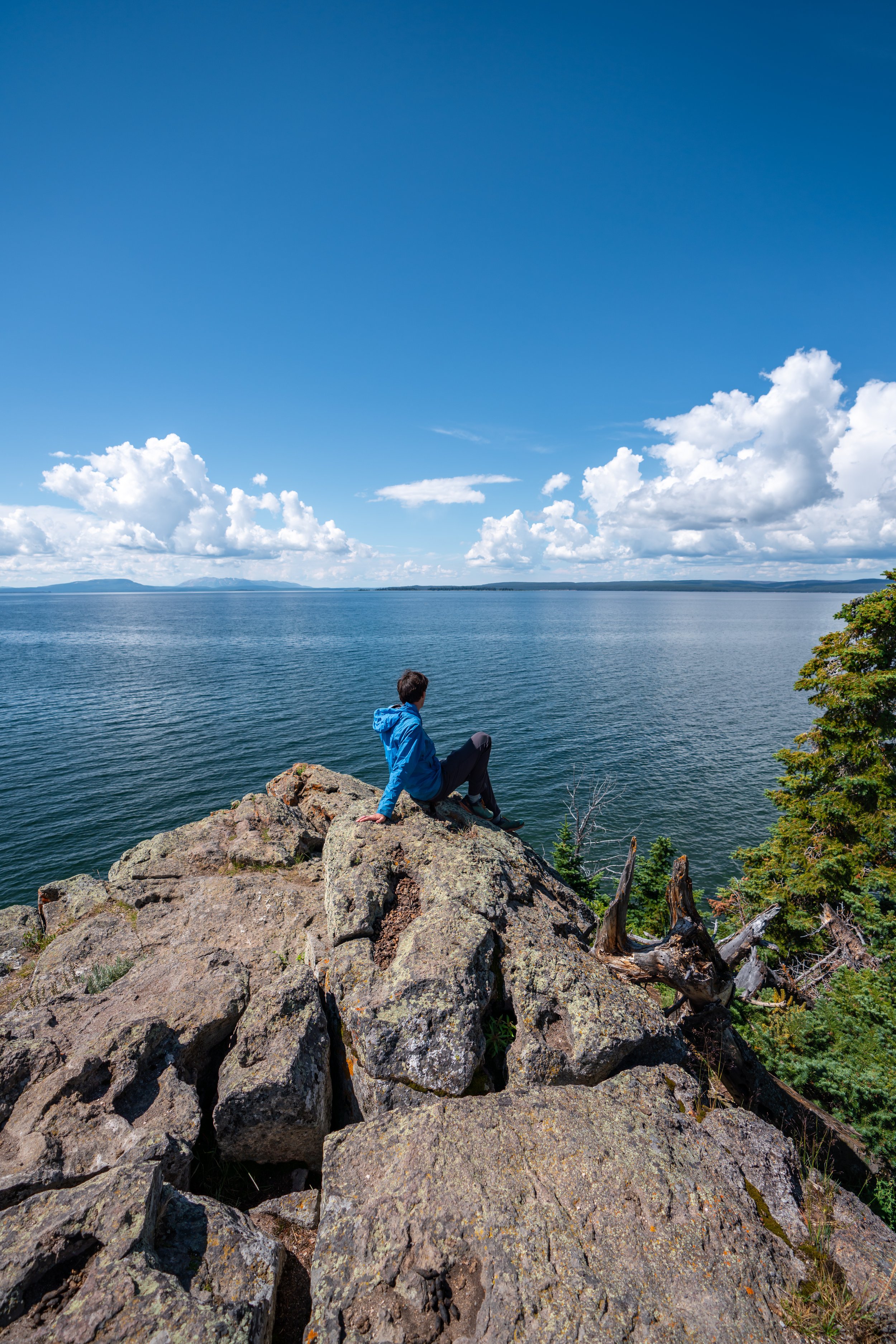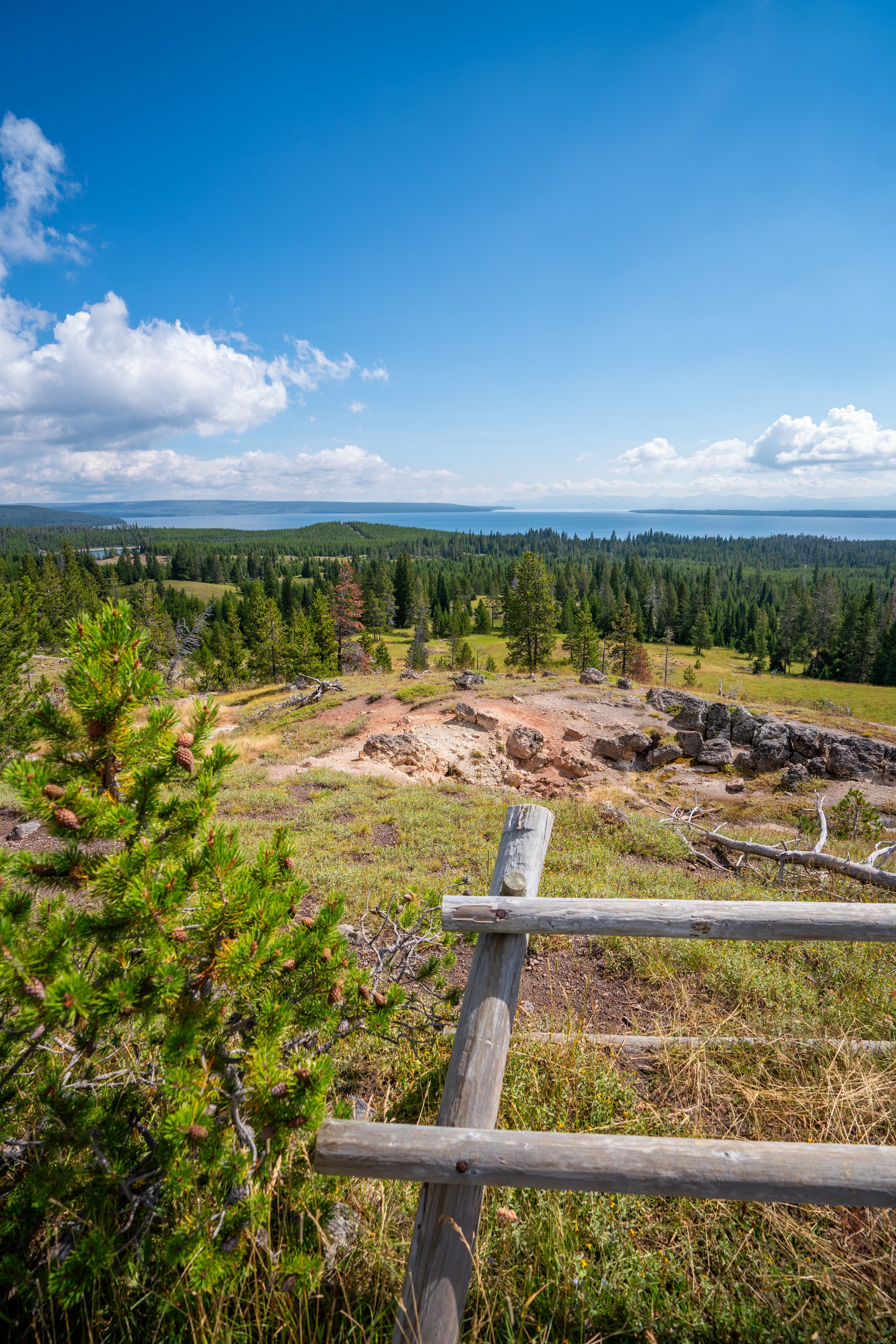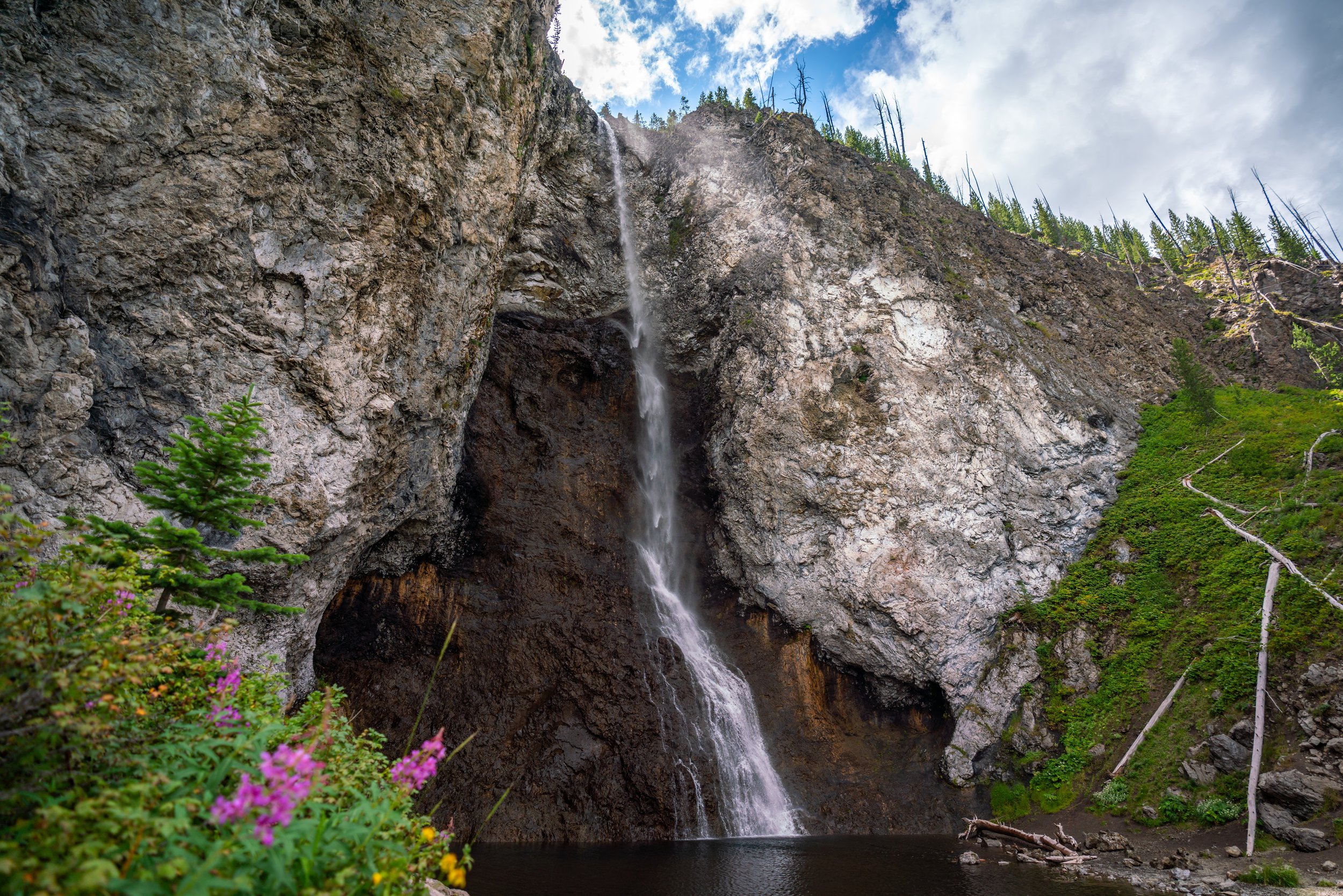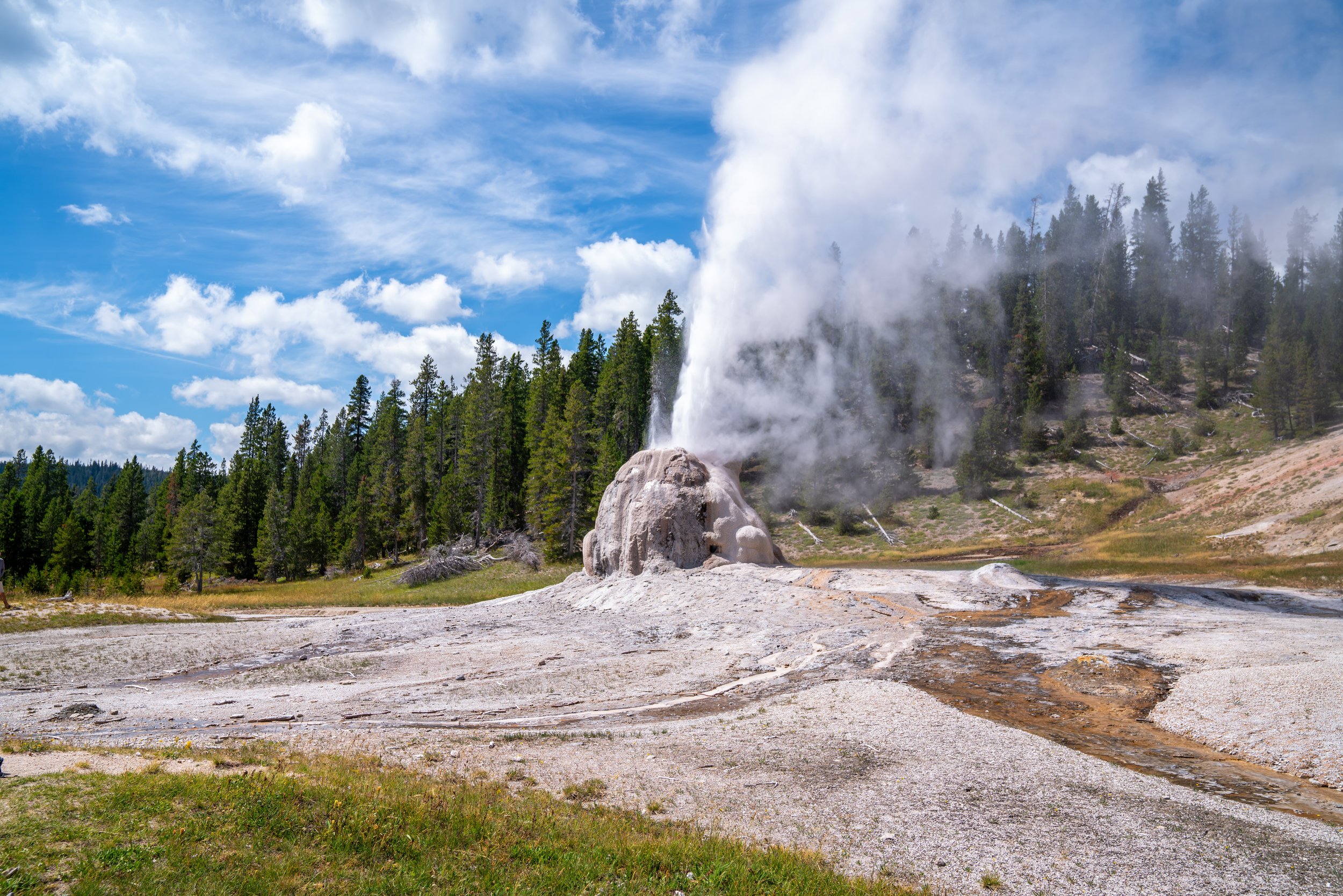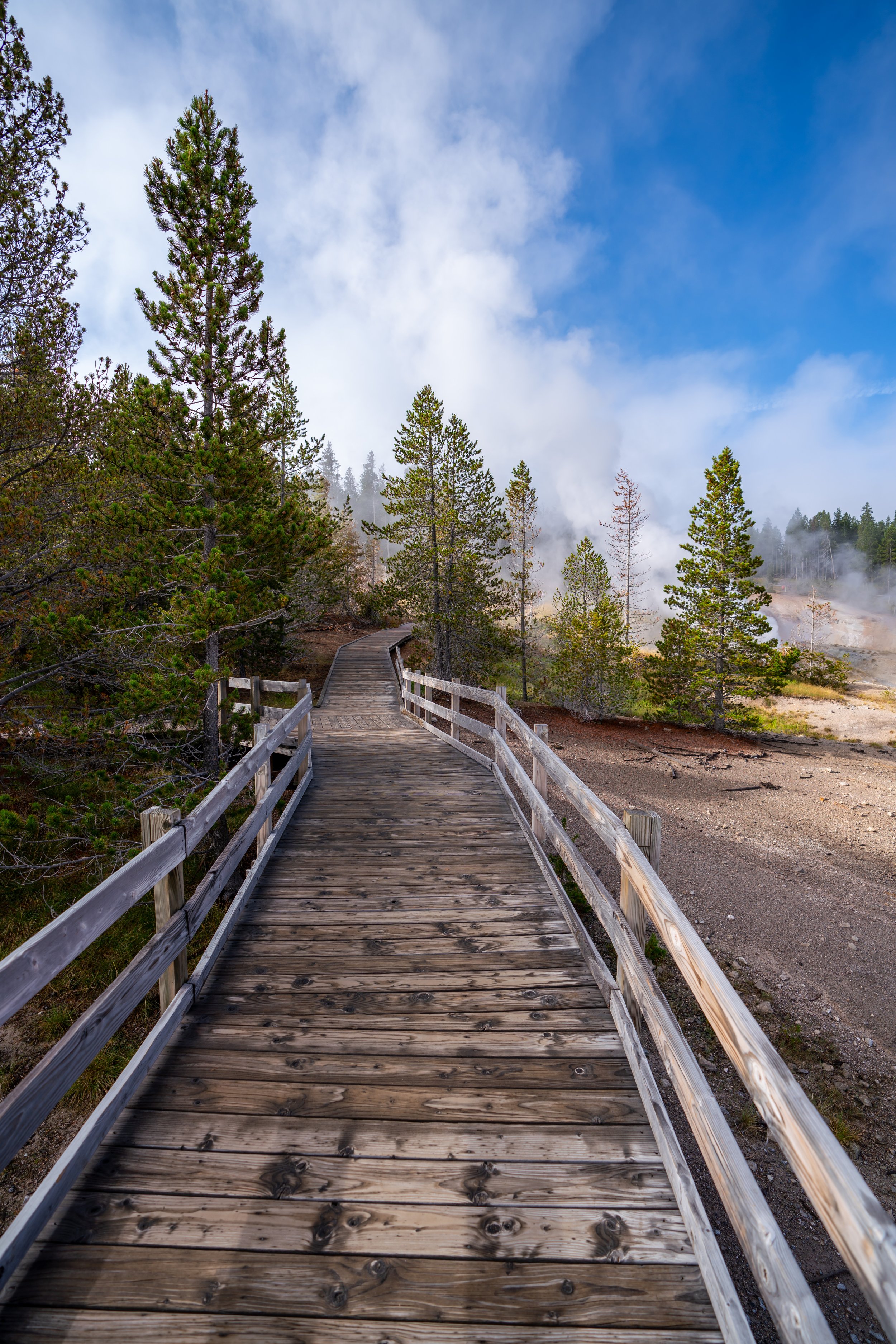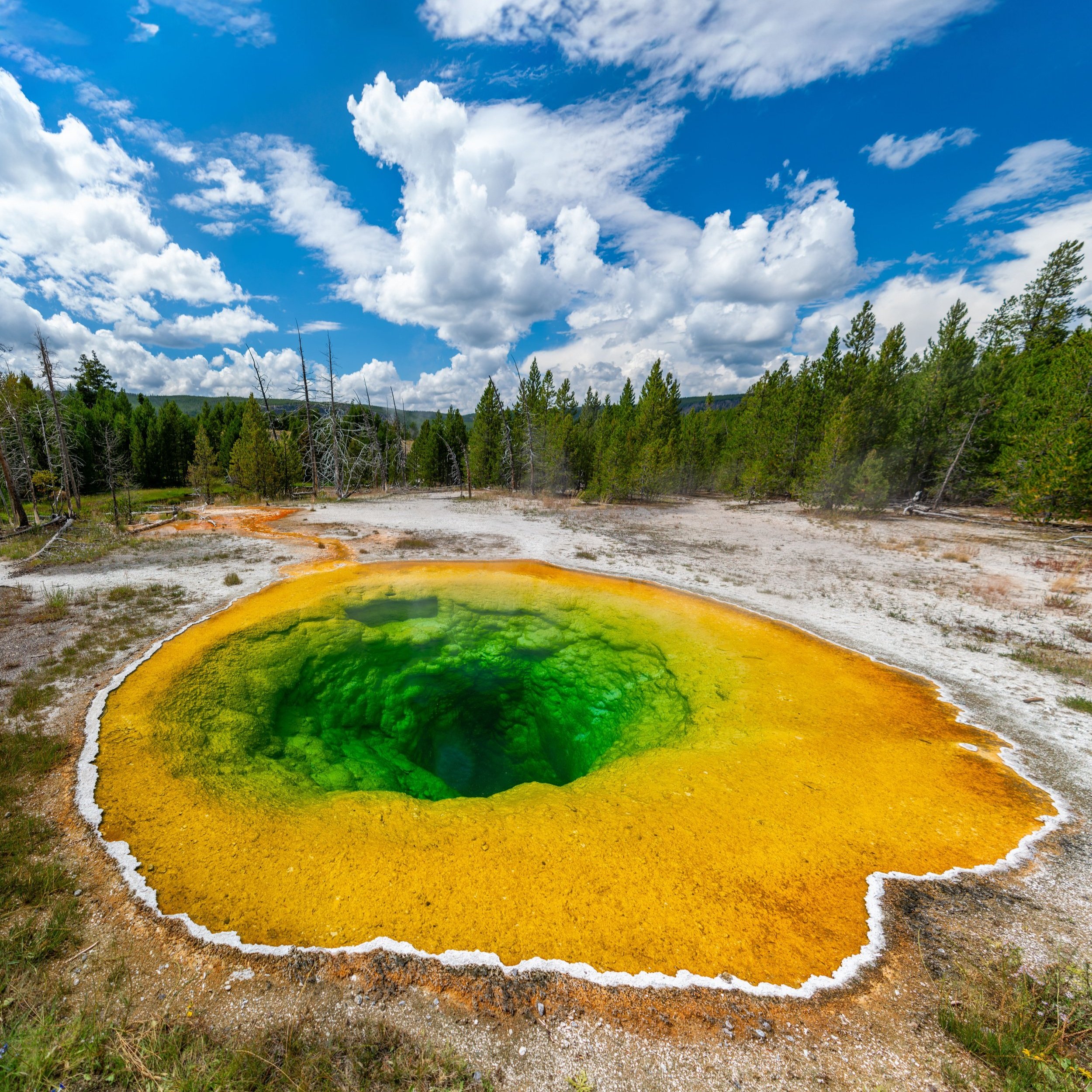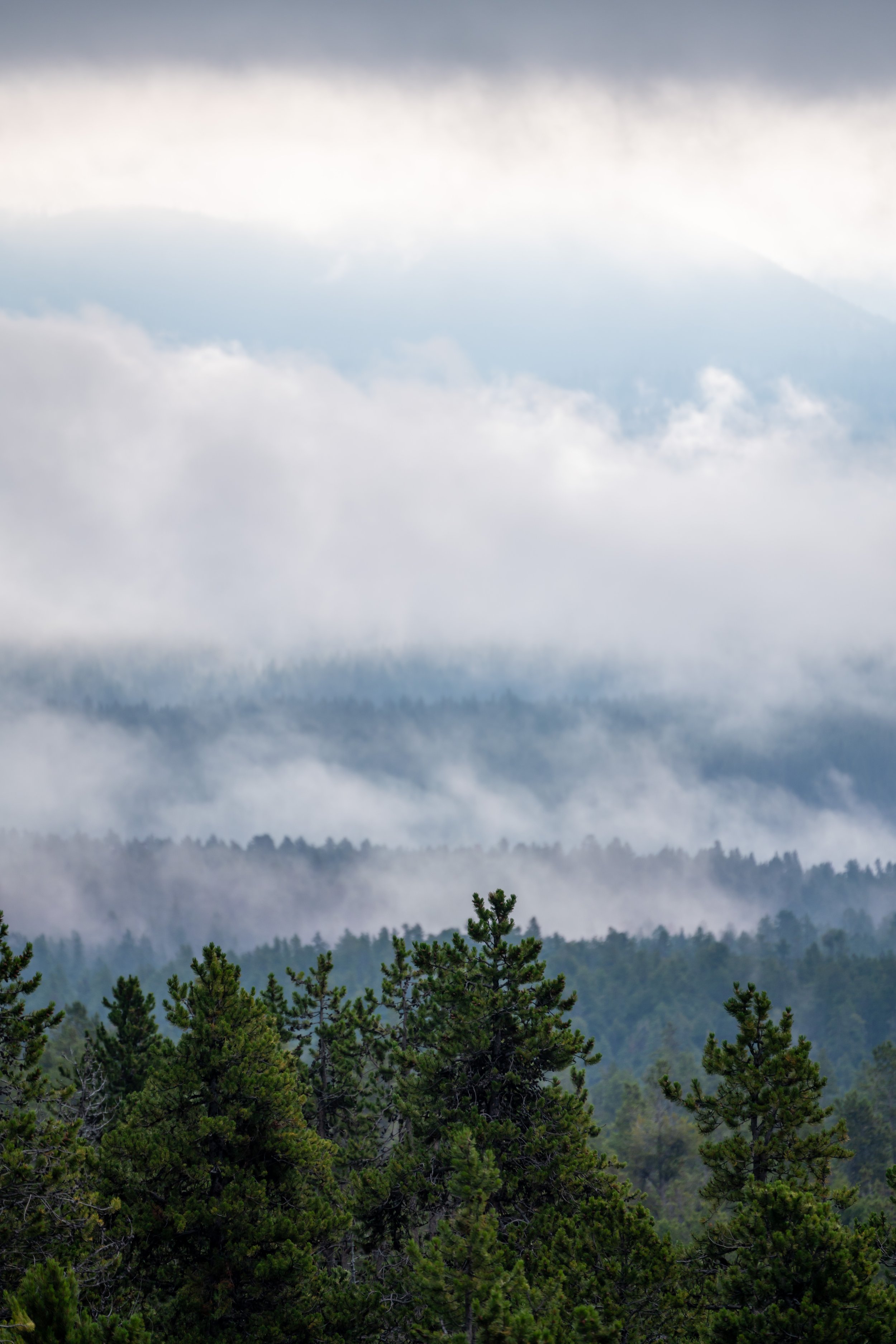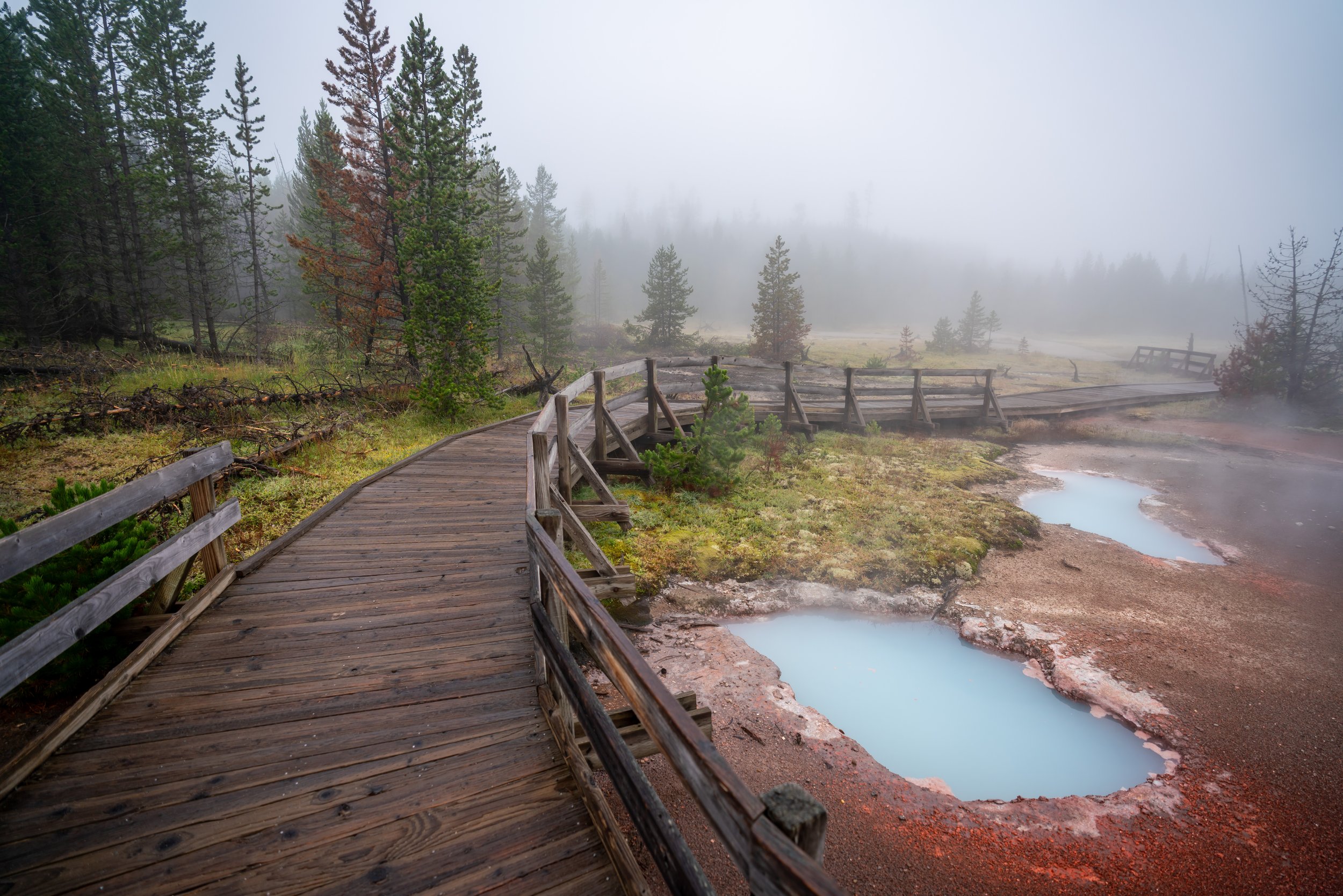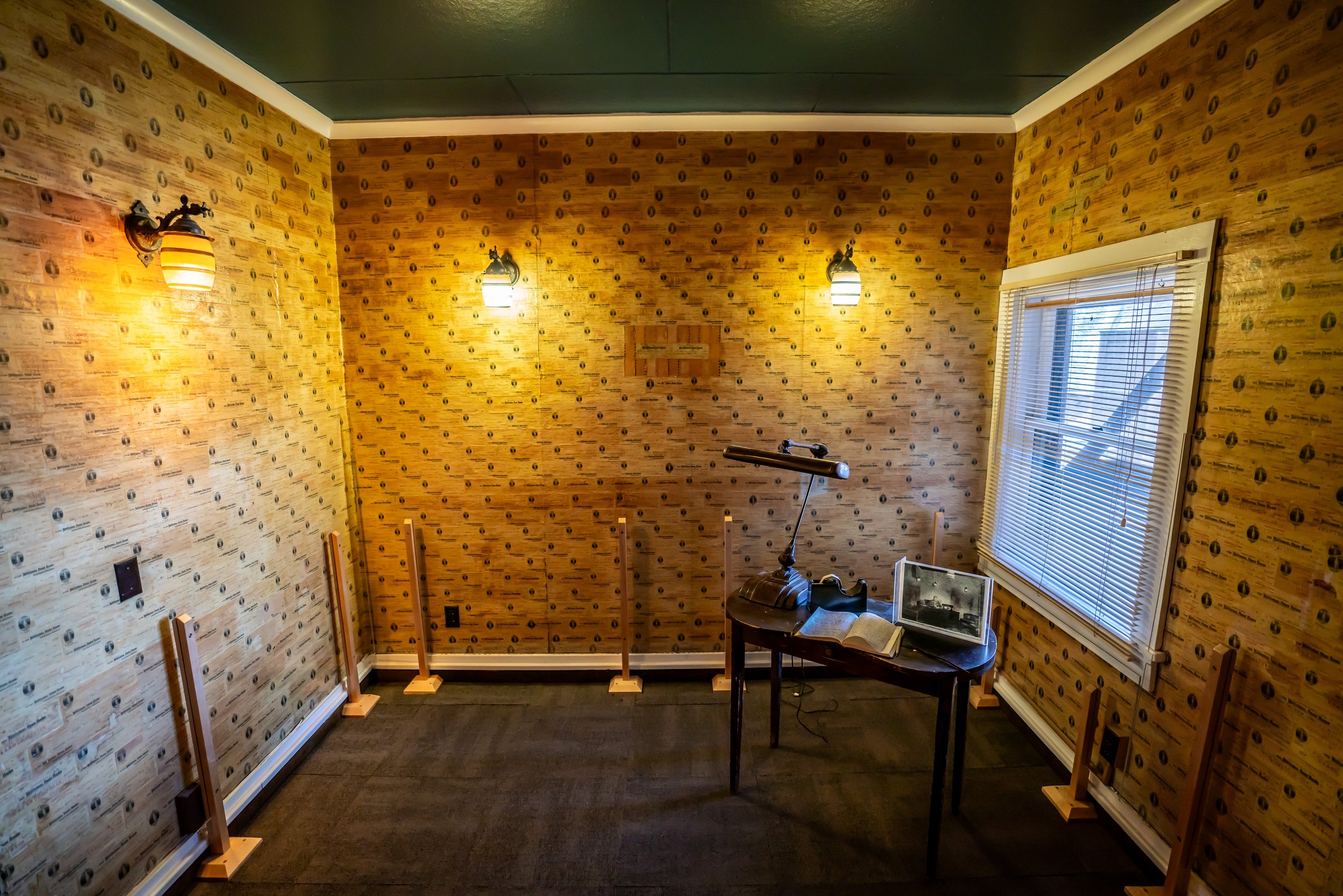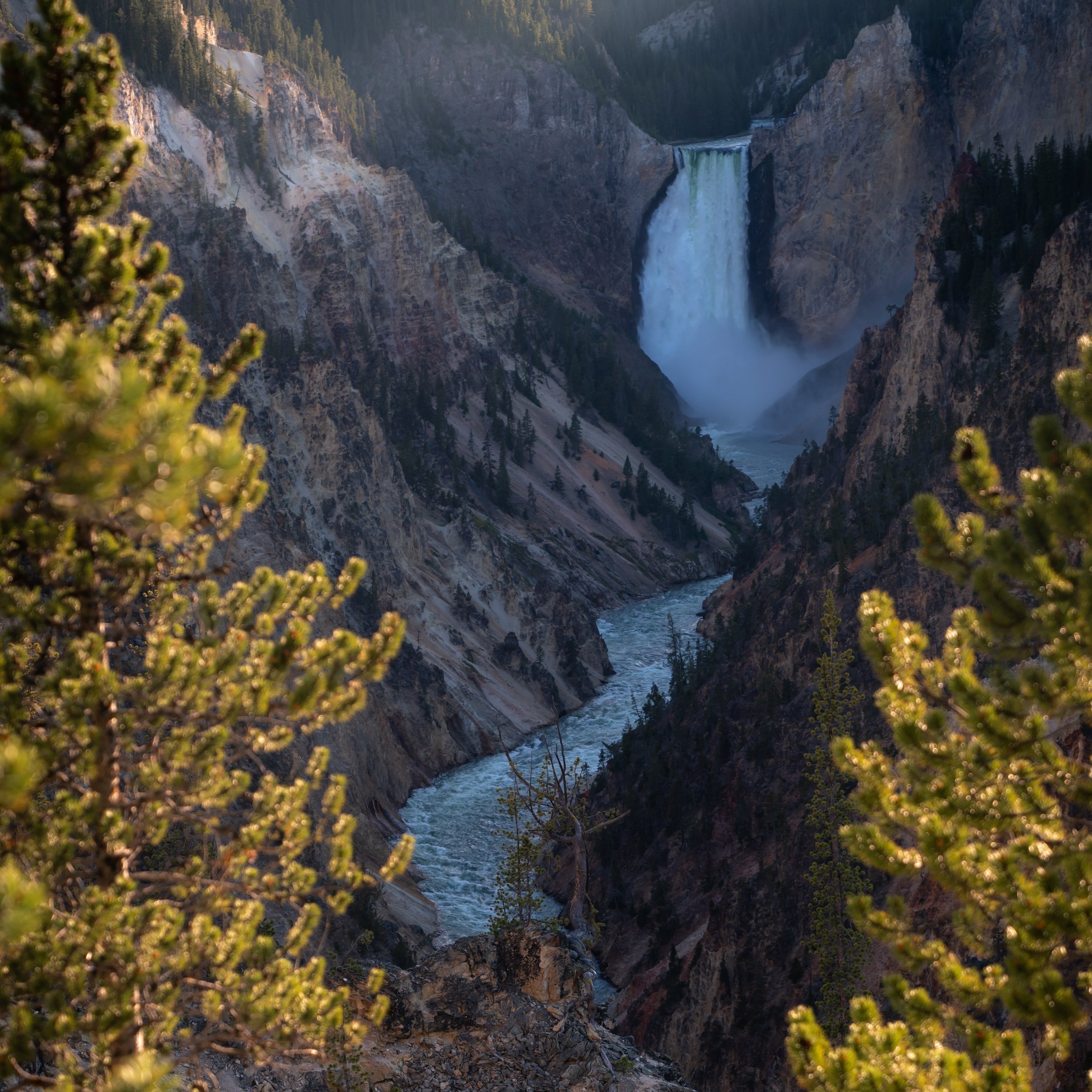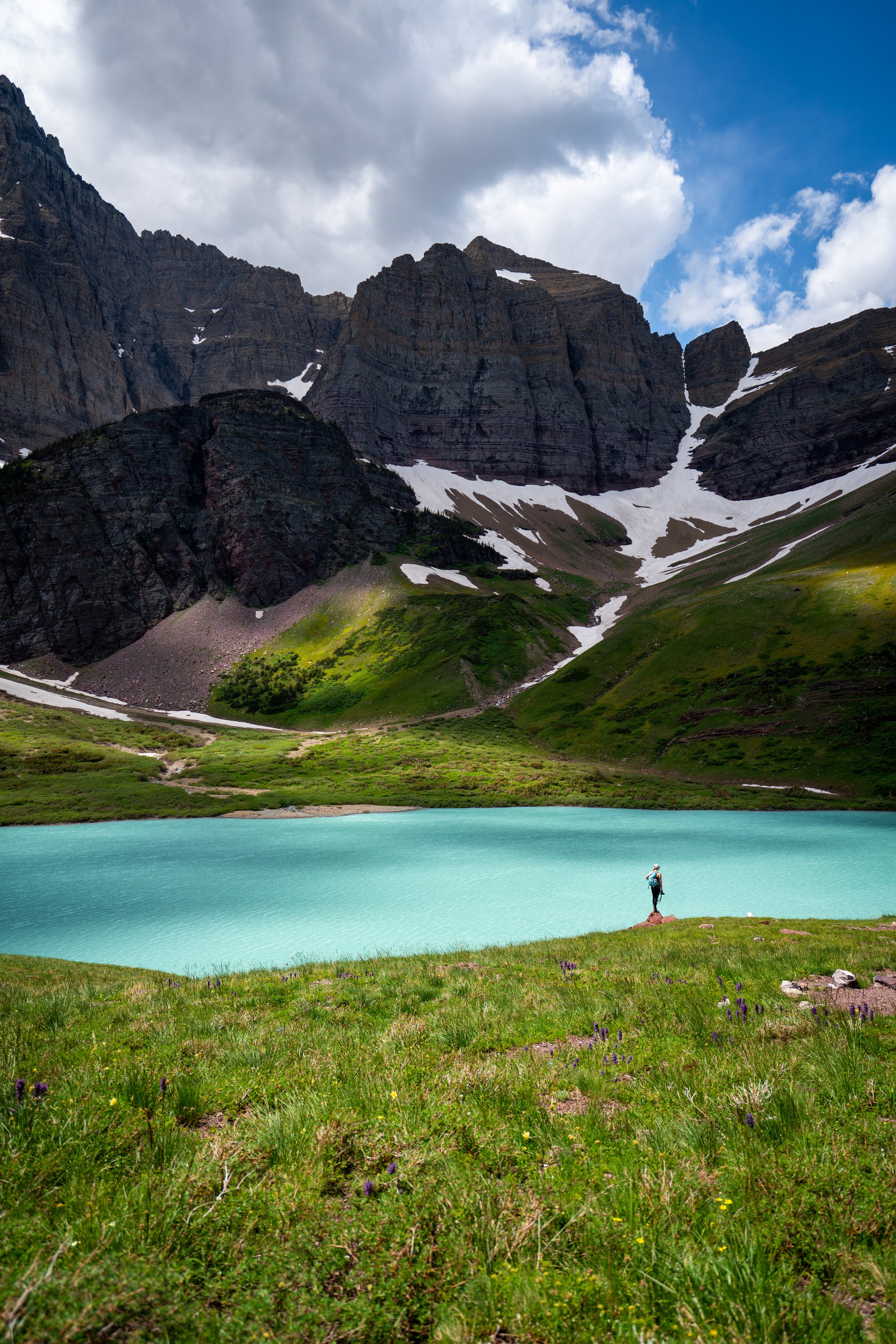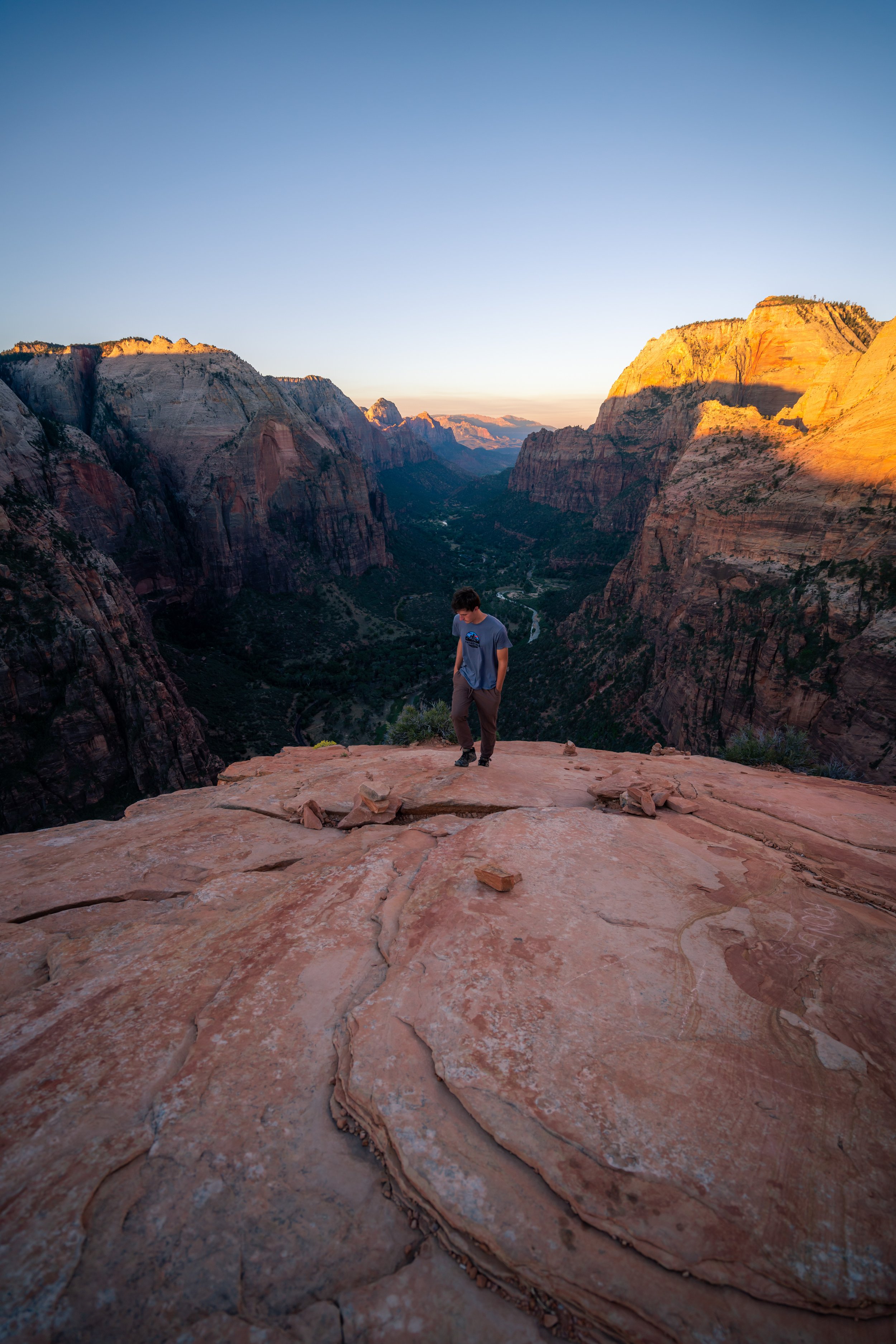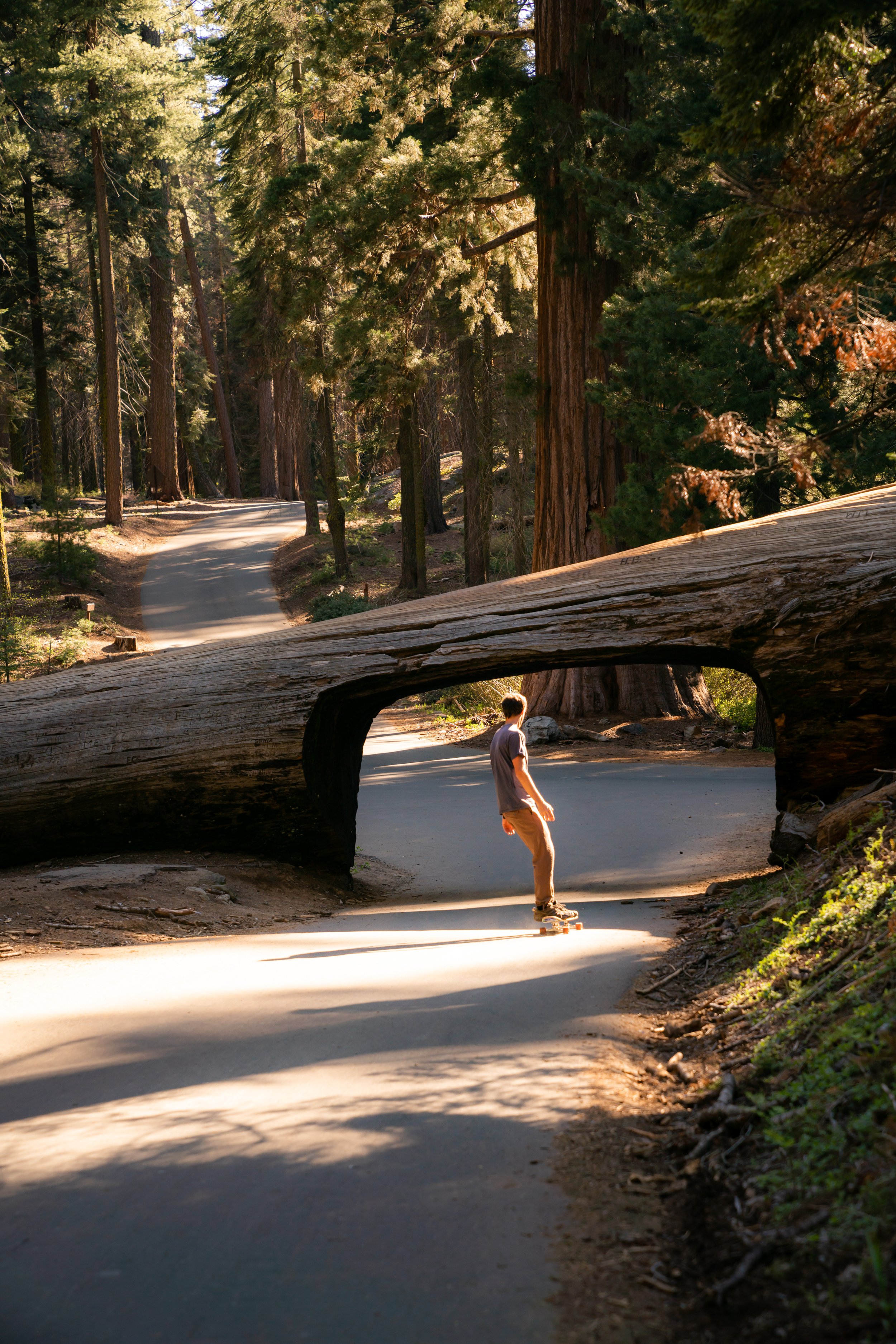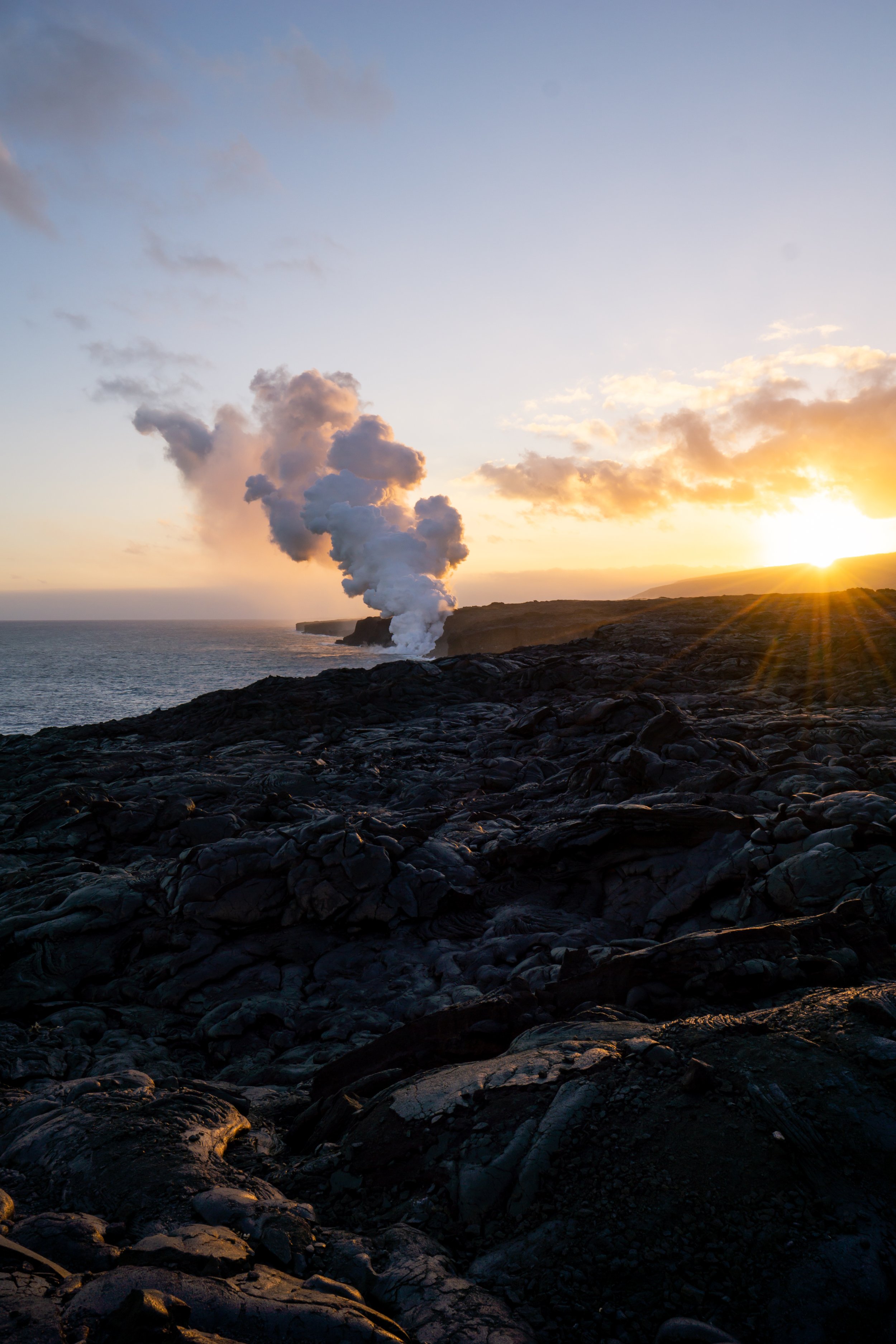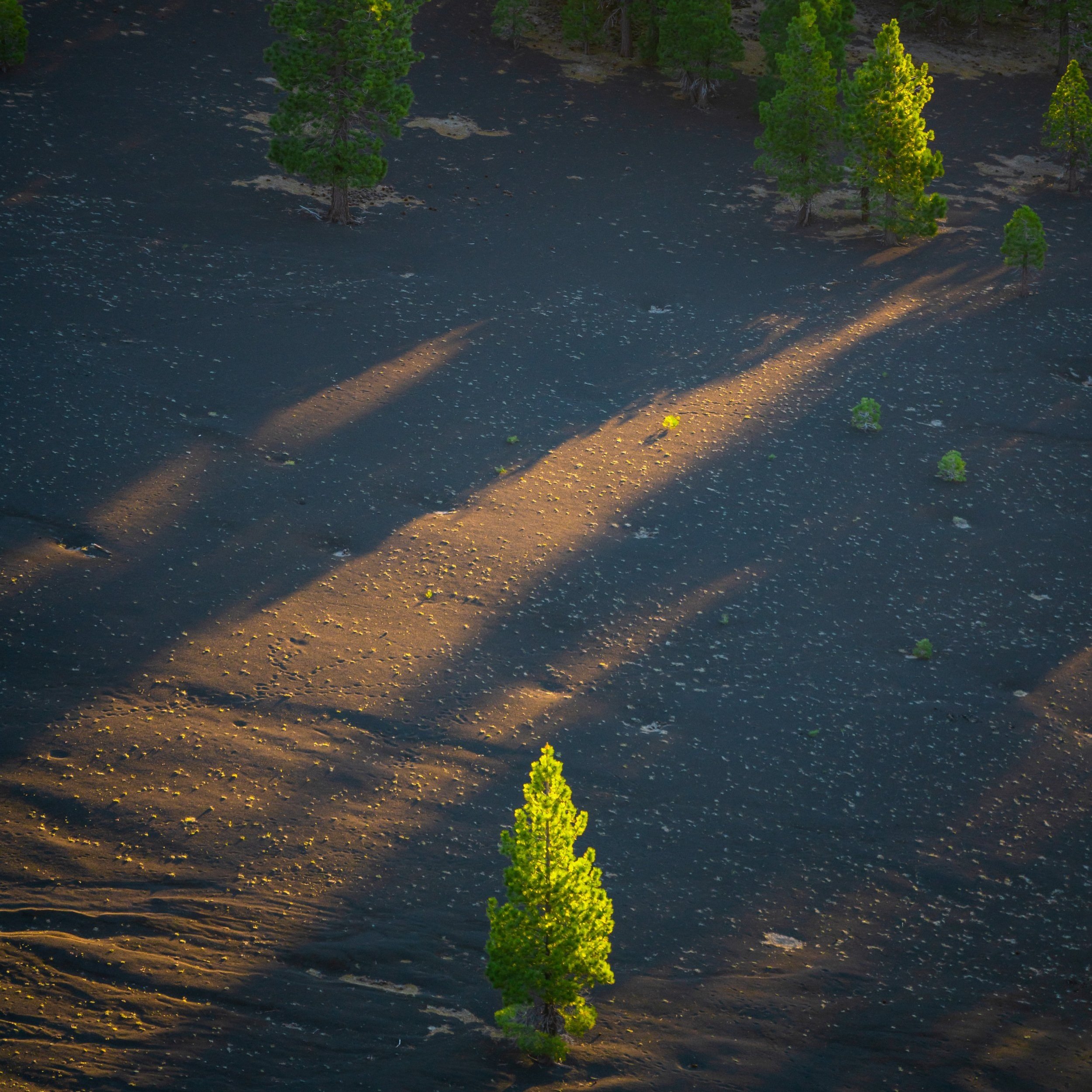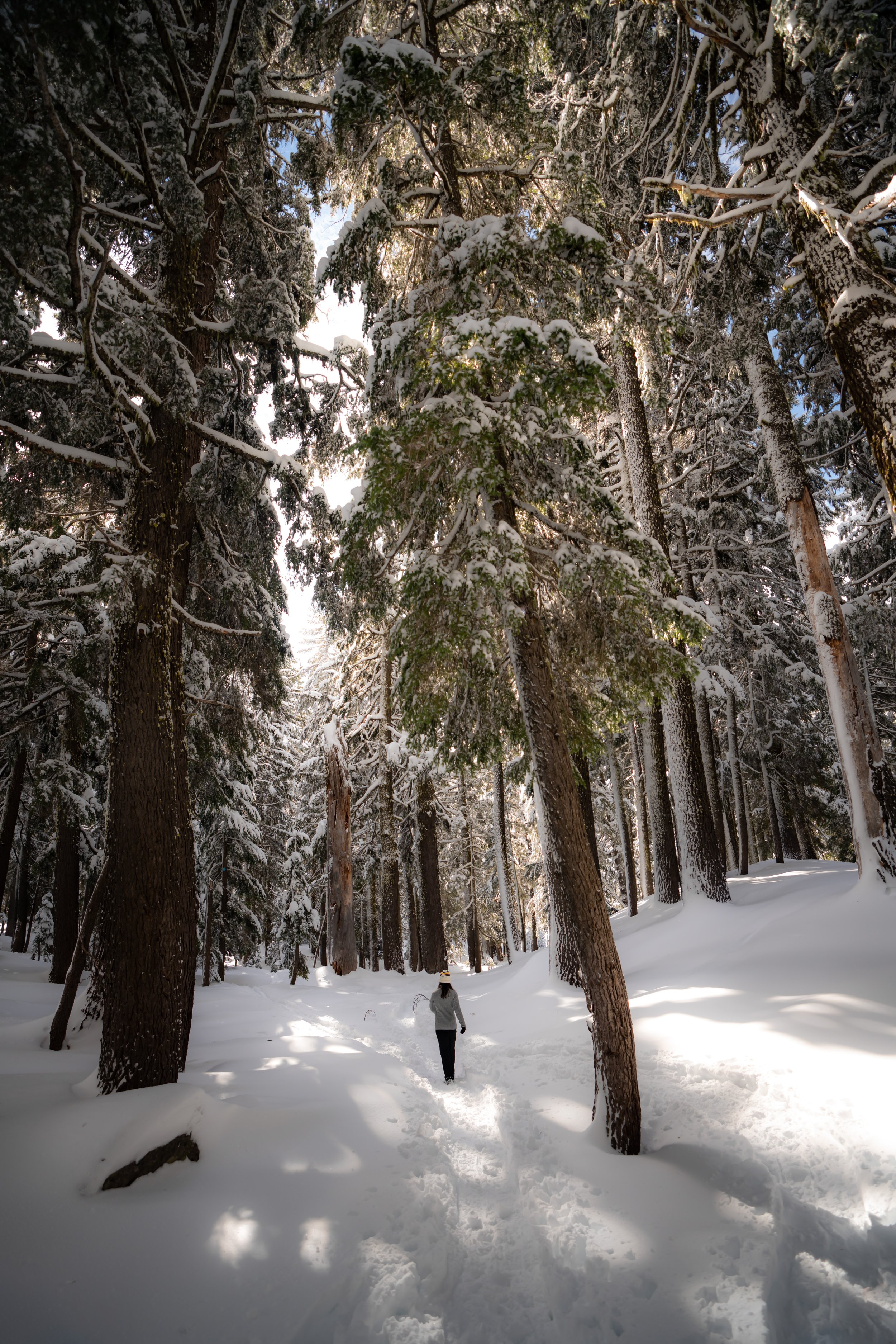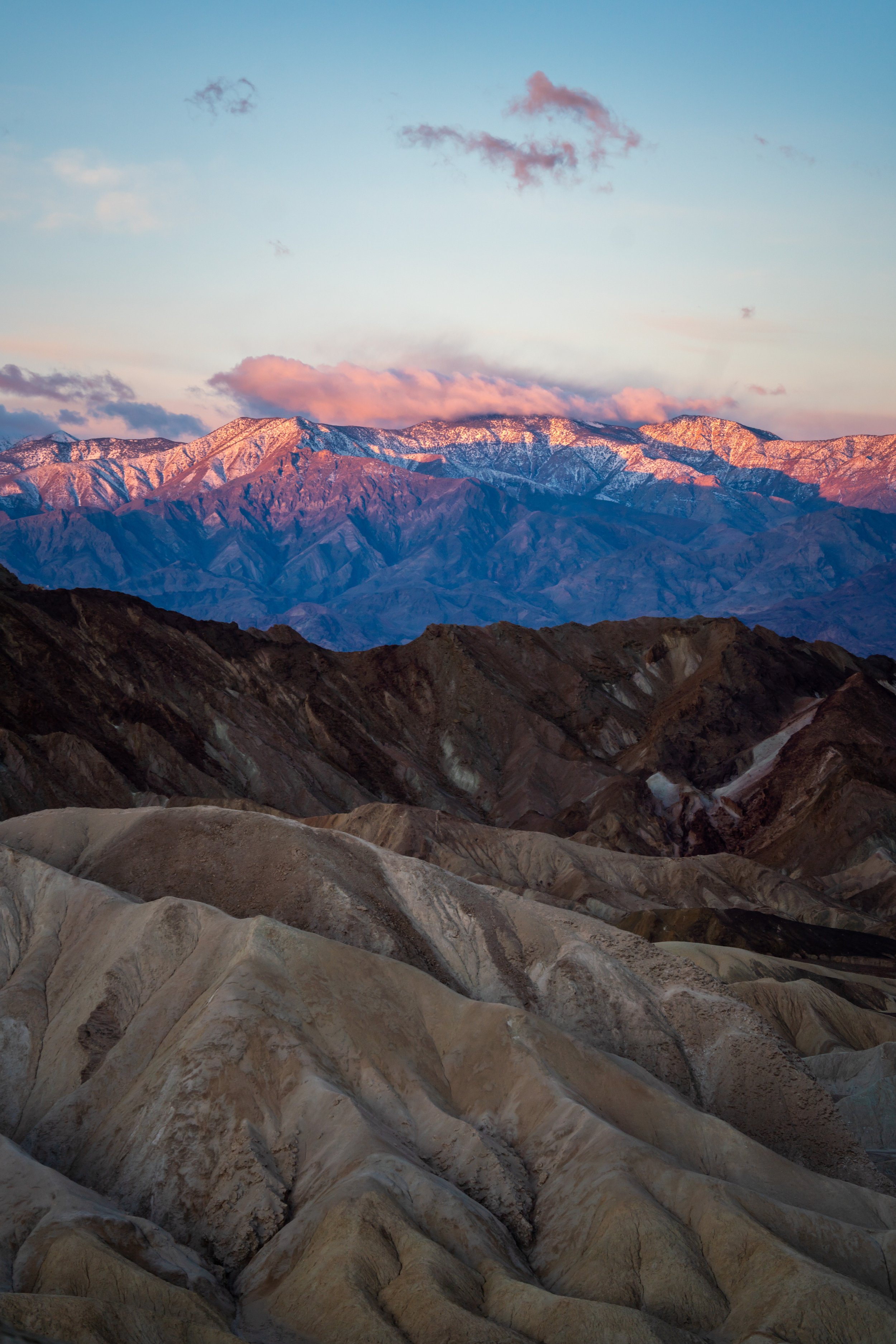Hiking the Avalanche Peak Trail in Yellowstone National Park
Distance: 4.6 miles / 7.4 km
Elevation Gain: ~2,070 ft. / 631 m
The Avalanche Peak Trail in Yellowstone National Park is by far the best summit among the four most popular peaks: Mt. Washburn, Bunsen Peak, Purple Mountain, and, of course, Avalanche Peak!
I would even go to as far to say that Avalanche Peak is the best day hike in Yellowstone National Park, but this is just one person’s opinion.
That being said, the reason I hold Avalanche Peak in such high regard is that the trail is relatively short, the panoramic views from the summit are incredible, and Avalanche Peak—specifically Sylvan Pass—is one of the best trails in Yellowstone National Park to see wildlife!
Avalanche Peak Trailhead Parking
Parking for the Avalanche Peak Trail is located directly off of U.S. 14 on the left-hand side when coming into the park from Cody, or on the right-hand side when driving up from Yellowstone Lake.
If you’re coming from Cody, the trailhead will be 7.7 miles (12.4 km) into the park from the east Yellowstone entrance.
Google Maps Directions: Avalanche Peak Trailhead
Hiking Checklist - Yellowstone-Tetons
Here is a complete list of must-have things that you will want for any hike in the Yellowstone-Teton area.
Bear Spray & Holster - If you aren’t flying, don’t rent bear spray! It’s a waste of money. Prepare ahead of time by buying your own, as this may be one of the most important items on this list.
Osprey 3L Water Bladder - The Osprey 3L water bladder is the most universal hiking and backpacking water bladder on the market, and it’s my go-to because of the slide-off seal that allows it to be quickly filled from the top. Additionally, individual parts are easily replaceable, such as the bite valve.
Black Diamond Headlamp - Personally, I recommend the Black Diamond Storm because it is one of the brightest, lightest, and longest-lasting headlamps on the market—and trust me, the weight-to-battery-life ratio really does matter!
Hiking / Trail Running Shoes - Depending on the type of trail, I prefer to use either the Keen Targhee for longer, more rugged hiking or the HOKA Zinal Trail-Running Shoe for lighter, less intense trails. In either case, both have been amazing to me for many years across countless environments, and both can be found in men’s and women’s sizes. - (Men’s Keen / Women’s Keen) (Men’s HOKA / Women’s HOKA)
Blister / Heel Protectors - I swear by these cheap, amazing heel protectors to prevent blisters for nearly every kind of hiking and backpacking that I do!
Waterproof Rain Shell - You never know when it may rain, and I’ve learned over the years that a rain shell is far better than a rain jacket. By this, I mean that it’s best to have something that the water will roll right off of, which is why I recommend the Patagonia Torrentshell 3L available in both men’s and women’s sizes.
High SPF Sunscreen - Packing high-SPF sunscreen is a must for long days outside!
Hiking the Avalanche Peak Trail
From the parking lot, the Avalanche Peak Trail begins directly across the highway.
Make sure that someone in your group is hiking with bear spray. Yellowstone in general, but more specifically Sylvan Pass, where the trail is located, is notorious for being a high bear activity area.
This is especially true in September and October.
Unlike other trails in Yellowstone that climb a series of switchbacks, the Avalanche Peak Trail climbs straight up the side of the mountain.
That’s why from the trailhead to the summit, there is really no break from the constant uphill.
This open meadow makes for a nice mental checkpoint on the way up and down, as it’s located about two-thirds of the way between the trailhead and the treeline.
As the trees start to thin out, the trail will make this hard right turn, which is the easier and official route, even though there may appear to be a path going straight.
At about 1.3 miles (2.1 km) into the hike, the trees open up to the first views of Avalanche Peak, which is the middle middle peak in the photo on the right.
This is also where micro-spikes may be necessary to safely summit Avalanche Peak during the early summer season.
Additional Early Season Gear
Depending on the winter snowpack, upper-elevation trails, like Avalanche Peak, can be covered in snow into the middle of July, and possibly even later.
Many hikers miss out on trails that they could have done simply for this reason alone, which is why I recommend coming prepared. I personally use the Yaktrax below.
Then, the trail will start climbing around the side of the peak, which is where you’ll get stunning views of Sylvan Pass on a clear day.
This is the view looking out toward Sylvan Pass.
After wrapping around the side of the mountain, the Avalanche Peak Trail will make a hard right turn, which is important to remember incase there isn’t this same rock barrier on the trail when you hike back down.
Just below the summit ridge, the trail will split into two paths that both lead up to the top.
The trail to the right is shorter but steeper, and the trail to the left is slightly longer but more gradual.
I went left because that’s the official trail by the National Park Service.
Summit Ridge
Personally, I think the summit ridge on Avalanche Peak is the best and most beautiful part of the entire hike.
Hopefully, you’ll have as clear and calm conditions as I’ve had all the times I’ve hiked Avalanche Peak.
Avalanche Peak
According to the USGS, the summit of Avalanche Peak in Yellowstone National Park is 10,568 ft. (3,221 m).
From the summit of Avalanche Peak, you can see as far as the Tetons to the south and the Beartooth Mountains to the north.
Warning
Afternoon thunderstorms in high Mountain West areas, such as this, are a serious concern during the summer monsoon season.
Even if the weather forecast doesn’t predict any storms, I can tell you from personal experience that they may show up out of nowhere and can put you and your entire group in a very dangerous situation.
I say this to emphasize the importance of turning around at the first sign of lightning, thunder, or even heavy cloud buildup. However, if you ever get caught in a storm unsuspectingly, follow the steps linked below to reduce the risk of getting struck.
U.S. Forest Service: Lightning Safety Tips
Hiking Avalanche Peak as a Loop
When you get to the summit of Avalanche Peak, you may notice a few clearly defined trails on the east ridge if it’s snow-free, as in the photo above.
Both of these trails head into the Shoshone National Forest, as Avalanche Peak is the border between the park and the National Forest. That being said, Avalanche Peak can be hiked as a loop if you’re up for navigating back the trail, as the photos below show.
This is not a route that I’m going to talk about in detail because it can be very easy to get turned around when you re-enter the forest in the basin below Avalanche Peak.
More Yellowstone Adventures
If you’re interested in reading about some more amazing adventures within Yellowstone National Park, check out my separate posts below!
Best Way to Find Places to Stay!
Wherever I travel, I love to start my search for places to stay on VRBO.
Even if I don’t end up booking through them, I think it’s one of the best ways to see what’s in the area!
Best Way to Book Rental Cars!
I travel quite a bit, and I know firsthand that finding a good rental car deal can be a challenge, but that’s why I recommend comparing all of your options with Discover Cars.
In short, Discover Cars is a well-known, reputable business that allows you to search for the best deal across companies, and they have the best full-refund cancellation policy I’ve ever seen, valid up to 72, or sometimes even 48, hours prior to your reservation!
Book Here: Discover Cars
Safety
From personal experience, I’ve seen that the Yellowstone-Teton area has one of the highest Grizzly Bear densities in the country. Even on the popular trails, you need to be hiking with bear spray and know how to react in the event of a Black or Grizzly Bear encounter.
Aside from wildlife, Wyoming, like any Mountain West state, is known for its violent afternoon thunderstorms, which are more typical in the warmer summer months than other times of the year.
That said, it’s important to check the local forecast before setting off on any adventure, as lightning strikes are not uncommon in and near mountain ranges across the West. I have personally been knocked to the ground by a strike that hit near me in the past, and I confidently say that it’s an experience you don’t want to live through. This is why I highly recommend checking Mountain Forecast for any high-elevation adventures you may be interested in—especially when climbing a summit.
Finally, know that when micro-spikes are necessary for an early-season adventure, micro-spikes are never supposed to be a substitute for conditions that require crampons.
As always, find the most up-to-date information and conditions on the official Yellowstone and Grand Teton National Park websites.
National Park Service: Grand Teton National Park / Yellowstone National Park
U.S. National Parks Pass
Did you know that the same America the Beautiful Pass that grants access to all 63 U.S. National Parks can be purchased in advance at REI?
Yes, you can save time when you arrive by purchasing your National Park pass, along with your other outdoor gear, at REI before traveling to the park!
More U.S. National Parks
If you’d like to read more about some of my best recommendations when visiting other U.S. National Parks, check out some of my other posts below!
Disclaimer
All information provided on this blog is for informational purposes only and is not intended to be a substitute for information or advice from qualified professionals or managing agencies.
Noah Lang Photography LLC makes no representations or warranties regarding the accuracy or completeness of the information provided here, and readers should use their own discretion, judgement, and seek professional advice where it is appropriate.
Furthermore, Noah Lang Photography LLC shall not be held responsible for any injuries, lost individuals, or legal issues arising from the use of information provided on this website, and if applicable, the above safety disclaimer should be referenced to provide a generic overview of the risks involved.
All said, the content on this blog is for the sole use of Noah Lang Photography LLC, and unauthorized use or reproduction of this content is strictly prohibited.
Disclosure
This post is not sponsored.
However, some of the links in this post are affiliate links, which means that I may earn a small commission if a purchase is made through one of those links. This commission comes at no additional cost to you, and I only recommend products that I personally use and believe will add value to my readers. Thank you for your support, which enables me to continue creating more!
To read the full privacy policy, click here.

About This Blog
Noah Lang Photography, also known as @noahawaii, is 100% reader-supported!
I do not accept guest articles or sponsored content of any kind on my blog, which is why, if you enjoy the outdoor and travel content I create, please consider buying me a coffee!
I appreciate your support, which helps me continue to keep this blog alive!














